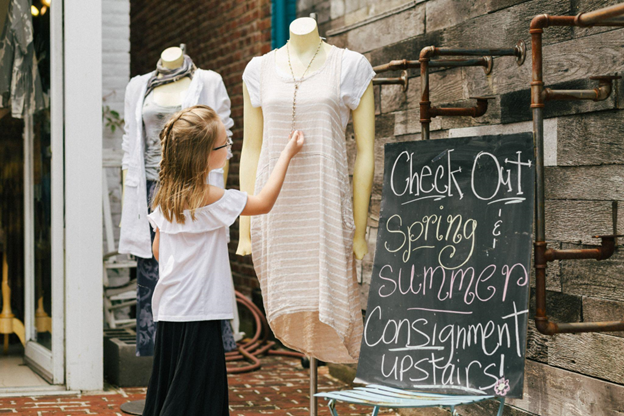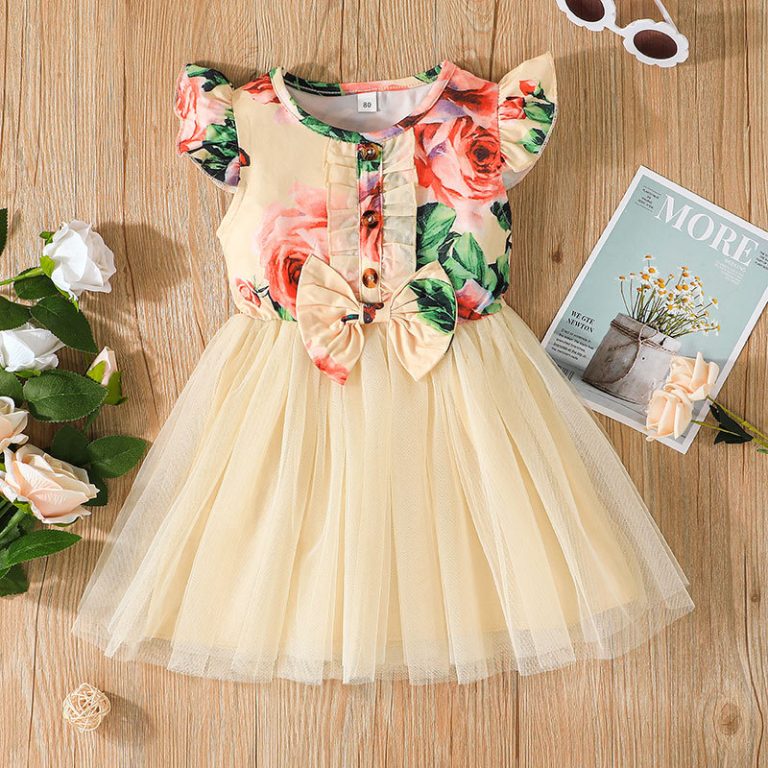Simple steps on how to open a thrift shop!

Thrift shops are one of the most sustainable businesses out there. This also requires less maintenance and attracts a vast scope of customers from working students, moms on a budget or fashion enthusiasts scouting for vintage pieces. This is a great business to start as a first-time entrepreneur. Plus suppliers are abundant as well!
Having an eye for fashion will come to your advantage in the line of business. You’ll know what pieces are worth more than others. And all you’ll be needing are the clothes, wracks, hangers, fitting rooms, a couple of staff and a place.
So if you’re ready to open up your very own thrift shop, here are things you need to know first:
How profitable is a thrift shop?
The fact that thrift shops are already ‘recession-proof’ to begin with, the only way your business can go is stagnant or up. This means that economic downfall won’t really affect your business profit margin.
Thrift chains like Goodwill make a hefty profit and the biggest they actually got was over $5.3 billion back in 2014. You can use that thought as inspiration as you push through with your thrift business. And the great thing about all this is that you get to price your own items accordingly since every piece will be worth anything you set it to.
What sells most in thrift stores?
Thrift stores hold anything and everything recycled like bags, shoes, accessories, toys, garments, home decor and so much more. But what sells out most among the rest is clothing. According to research, clothing takes up 31.8% of the industry revenue. This is also considered to be the biggest revenue generator in the thrift business.
Are online thrift stores profitable?
Almost all businesses have an online alternative. This gives your customers a choice when shopping with you. Although it’s also a smart idea to launch your business online as a starting entrepreneur. This will mean fewer expenses while trying to get back profit.
And yes, online thrift stores are profitable but not as profitable as on-site shops. So you can start off online, then after a while, get your own thrift store.
How do I start a thrifting business?
Starting a thrift business can be a complex process to follow, but you don’t have to worry! Here is something you can use as a checklist during the process:
Have a business plan
Before starting any business you need a business plan. This will help you map out your goals, budget and so on. A business plan will consist of: location, number of staff, marketing strategy and so on. Here’s a list:
- Executive summary:
- Vision and mission statement.
- 5-year profit forecast.
- Expansion plans
- Sale forecast.
- Company summary:
- Start-up cost
- Business structure.
- Products and services summary:
- Supplier analysis.
- Inventory planning.
- Market strategy summary:
- Target market.
- Market trends.
- Marketing segmentation.
- Strategy and implementation:
- Marketing objectives.
- Pricing strategy.
- Advertising strategy.
- Sales strategy.
- Employee plan:
- Number of employees.
- Average salary.
- Benefits and bonuses.
- Financial plan:
- Business ration.
- Projected balance sheet.
- Annual profit margin.
- Projected cash flow.
- Projected profit and loss.
- Important assumptions.
- Break-even analysis.
Get your business registered!
Afterwards, you can now get your business registered. This is vital since opening a store without registration is against the law and can potentially get your shop closed down. So before heading over to get your shop registered, know all the requirements needed. You can find this online on their website.
Get all necessary documents
There are various documents needed to run a lawful business. So after getting your business registered, get these next:
- EIN – In other terms Employee Identification Number. You can get one online on their website.
- Get registered for taxes – After getting an EIN, you can now pick out a ‘tax year’. Whatever you choose, this will be the end of your tax cycle.
- Get a license and permits – Last but not least is getting your license and permits. These are necessary since there will be documents that show you’re running a lawful business. You’ll need a:
- General business license.
- Zoning permit.
- Sales permit.
- Wholesale license.
- Sign permit.
Get your business insured!
Getting insurance is something most businesses set aside, thinking this might just be an extra expense. But in reality, insurance is more like a safety net when legal damages and actual damages arise. As a starting business, you can’t afford the slightest setback because, with that, this can cause your business’s demise.
And since you’re just starting your business, consider getting sme business insurance. This is perfect for small to medium-sized businesses! Here are some of the things sme business insurance covers:
- General liability insurance – This will cover any medical, hospital or legal expenses from an injury that occurred in your shop.
- Business property insurance – This will cover any damages and loss of your equipment and supplies.
- Commercial property insurance – This will cover the cost of your inventory and building in cases of accidents and disasters like fires, floods and so on.
- Employee’s compensation insurance – This will cover all medical, hospital or legal expenses from an injury of any staff on the job.






